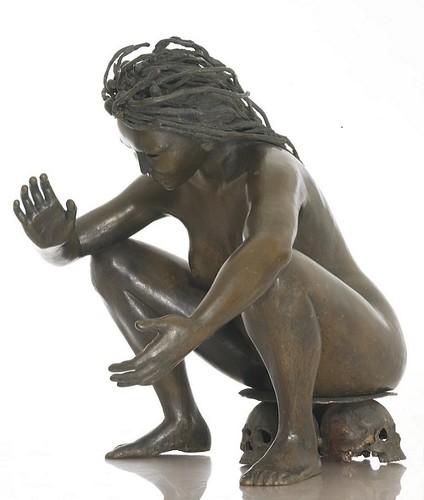
The Bell-maker’s Daughter: A Journey in Dharma Art
Ela Pedma’s dream of being a bronze sculptor began at the age of seven or eight. Her father returned from a trip with a book

Ela Pedma’s dream of being a bronze sculptor began at the age of seven or eight. Her father returned from a trip with a book

Sogdian merchants were the leading tradesmen working the Silk Road. Sogdiana was a kingdom-state, of which the legendary city Samarakand was the symbolic and cultural
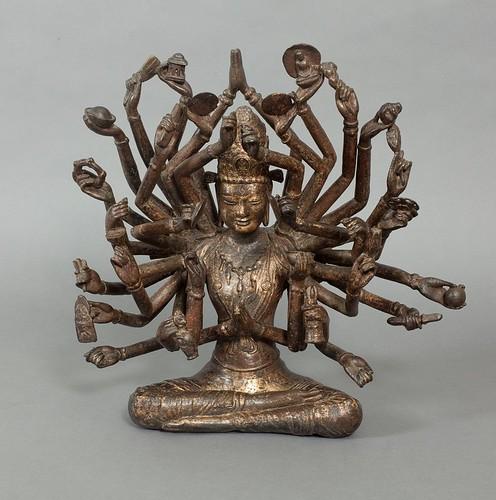
Museum renovations have been a significant part of Singapore’s Jubilee Year celebrations in 2015, with the Asian Civilisations Museum (ACM) opening a new Ancient Religions
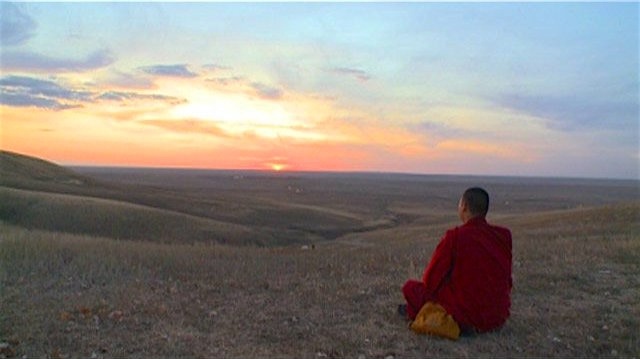
The idea for this special issue originated a year or so ago in our editorial chief executive’s office on the ground floor of Wang Fat Ching She, the Buddhist temple in Hong Kong where Buddhistdoor Global is based.
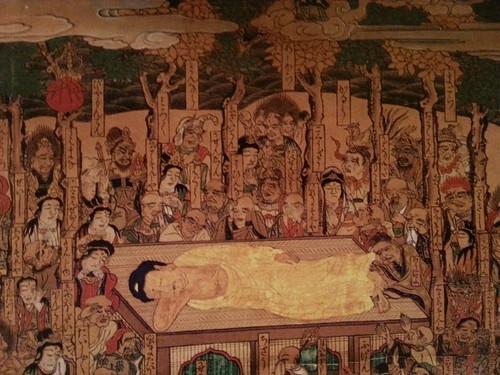
For millennia, trees have occupied an important symbolic place in many of the world’s religious traditions, often representing the essence of life or a link

Seoul—a city of ten million people, dazzling skyscrapers, and high fashion. Driving along Apgujeong Rodeo Street, the storefronts of Dior, Gucci, and Louis Vuitton flash
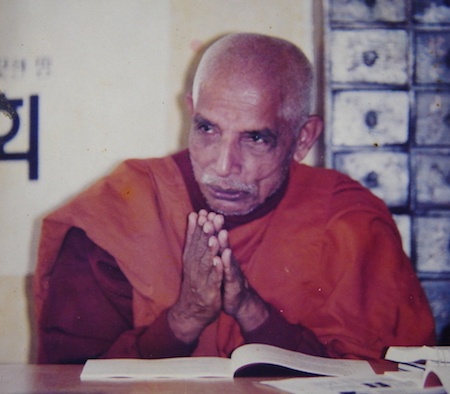
The Shakya clan, to which the historical Buddha…
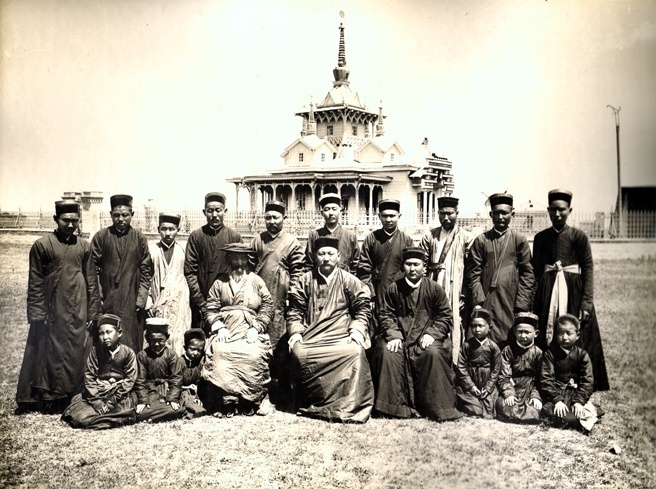
Raymond Lam travels to the windswept steppes of…
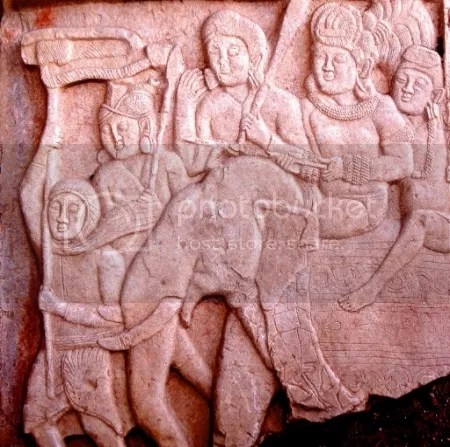
Our vision of early Buddhist art in India expanded exponentially when, in 1994, archaeologists unearthed a spectacular ancient stupa outside the hamlet of Kanaganahalli in

Visitors to India today are struck by the startling diversity of ancient Buddhist sites. Some sacred places, such as Bodh Gaya, are thronged daily with

This article is based on a panel address given by the author at the International Buddhist Confederation’s “International Seminar on India’s North Eastern Region and

I think the impact of the Buddha-Dharma on my art can be best described in the words of my root teacher, Chögyam Trungpa Rinpoche: “There